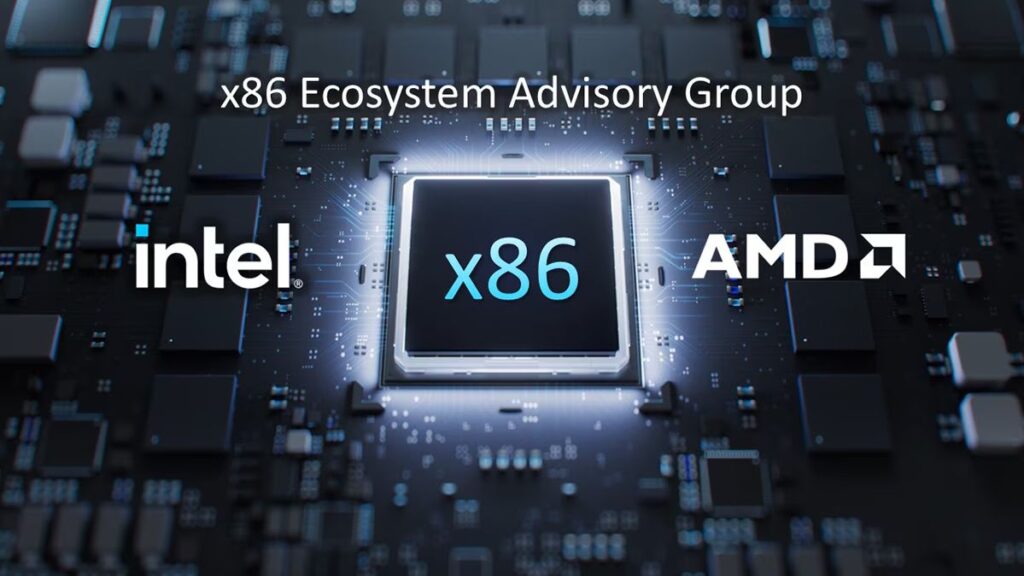A year ago today Intel and AMD teamed up to defend x86, establishing an advisory group called the x86 Ecosystem Advisory Group (EAG). It’s job is to help simplify, improve compatibility for, and increase the capabilities of x86. Now, exactly one year on, AMD and Intel are letting us know the fruits of this perhaps peculiar collaboration.
Those fruits, outlined by AMD, read a little like elvish to my weary eyes, but the general gist seems to be that there have been four big improvements made, in the form of new standards for upcoming Intel and AMD chips. Those four areas are the development of Advanced Matrix Extension (ACE), AVX10, Flexible Return and Event Delivery (FRED), and ChkTag.
The latter two should improve CPU interrupt security and performance as well as memory safety. The last point is particularly relevant because Arm already has memory tagging for memory safety, so ChkTag will be x86 catching up in this regard.
AVX10 will be the latest iteration of x86’s AVX SIMD instructions, which should improve vector performance. Then there’s ACE, about which AMD says: “Accepted and implemented across the stack, ACE standardizes matrix multiplication capabilities, enabling seamless developer experiences across devices ranging from laptops to data center servers.”

CPU matrix math is more for scientific and AI workloads, so ACE should help the companies lean even heavier on those things in—sigh—the AI era.
If progress continues in these areas, x86 should be able to keep up the fight against Arm—which is, seemingly, at least one of the big goals of the advisory group. Arm has hardly swept the desktop market from under Intel and AMD, but that Apple and Qualcomm are using Arm-based chips rather than x86 ones is no small deal.
That’s especially true for Intel, I suppose, given how the last couple of years have gone for America’s chip sweetheart. An improved x86 guarantee should give customers more of a reason to invest into Intel and/or AMD. Here’s to one more year, then.



